‘Purple Copper’ Black Copper Marans Heavy Bloom line
$42.00 – $75.00
Crosshatch Farm is happy to share our purebred Black Copper Marans chicks, a line striving for heavy blooms and dark, red-brown pigmentation— resulting in eggs that look purple, lavender, and shades of mauve. We strive to conform to the SOP in all our breeding choices in type and conformation, though please note that bloom is not considered standard for marans eggs! NOTE: It is very important that you read the full post on pigmentation and bloom below, as well as our policies, before purchasing. Thanks!
Description
Please do not purchase Purple Coppers if you are not comfortable being on a substantial waitlist, and remaining flexible on your ship dates. Please also be sure you’ve read our policies. Many thanks!
What is a Purple Copper?
‘Purple Copper’ is the affectionate name our family gave to our pure or standard bred Black Copper Marans that lay eggs with a deep purple-red pigmentation and sometimes a shocking heavy bloom that makes the eggs appear lavender, bright periwinkle, deep grape purple, and mauve. The delight a purple egg brings is sort of indescribable, if you are into these rainbow egg basket things.
Our flock is a closed line of quality Black Copper Marans we’ve bred at the redstead over generations in a clan mating program. As of summer 2023, all of our females are under a male hatched from a heavy bloom purple egg. We strive to conform to the SOP in all our breeding choices in type and feathering, though please note that bloom is not considered standard for Marans eggs.
Will all my hens lay purple eggs? Can you give me all hens that will lay a 9?
Nope and nope. Not all hens will lay super dark eggs, but this line certainly carries the genetic propensity for rich and highly pigmented eggs! Hens that lay really dark in the Spring will fade over the year, and there will be great variation in egg color between hens sourced from the same brooder.
We would never suggest or guarantee that all our Black Copper Marans will lay bloomed eggs from this line, but the more we hatch from bloomed purple eggs, the more bloom layers we get in the next generation. We consistently select for burgundy-purple undertones in our pigmentation in the base coloring, and we do see numerous heavy bloom layers as they come to maturity.
Before you invest, it’s good to understand some things about egg color genetics so that you can ask good questions and get real answers. Please read on…
Pigments and Bloom—Dark Egg Genetics in a Nutshell
Genetically speaking, all brown eggs are best understood as a white egg shell coated in a brown pigment (protoporphyrin) that is deposited on top of the egg shell. In the rainbow egg community, some breeds have gained popularity for being excellent brown pigment depositors, such as Marans. The darker the brown pigment deposited, the darker your brown egg. This is a trait that is selected for over many generations in a closed line. (If you outcross or breed a lighter pigment depositing bird into your flock, you can lose color as quick as you can gain it through selection.)
Note that all heavy brown pigment depositing breeds including Marans will lay their darkest eggs after a pause in laying, and will lighten through the year or even show variation in one given week— biologically speaking, hens can only produce so much pigment to coat their eggs. It sounds cliche, but the more they lay, the less ‘ink’ they have available for each egg.
Marans eggs can be chocolate brown that lighten to show a bit of an orange undertone (a cull in our flocks), or almost red and shiny, or even sort of mauve tinted. Some will hold on to their color better through the laying season than others. Some will have malfunctions in the pigmentation deposit, resulting in wonderful speckling and wide variability, where you will see darker pigmentation speckles on top of base pigmentation. This is all part of the fun of collecting Marans eggs.
In addition to egg shell color and pigment deposited on top, we breed for a heavy third layer, bloom. Bloom (called ‘cuticle deposit’ in the literature) is the last layer deposited on an egg when it passes through the oviduct. Made of calcium and protein and such, it is the antibacterial coating that allows us to keep our homestead or farm-sourced eating eggs on the counter. In store bought eggs, bloom is clear and invisible to the eye. But Heavy bloom can be solid and somewhat still shiny or opaque and completely chalky. Heavy bloom is often responsible for the ‘wow’ factor, where a dark brown egg appears purple, a light brown egg appears pink, or a green egg looks gray.
According to the literature, about 38% of bloom is thought to be genetic, with other environmental and nutritional factors also playing a role in its deposit and prevalence. Breeding for bloom increases the visual variety in your egg basket, but remember that eggs without discernible bloom still have it! In fact, a quick rinse under a stream of sink water doesn’t even remove it.
Any given hen can lay bloom one day, ombre half blooms the next day, and speckles by Saturday, but we often see a hen who goes into full opaque bloom lay that way for the remainder of the laying season.
Cull the Dull, Keep the Deep
I like to think of deeply pigmented flocks of laying hens as a result of duration and selection, which can’t be ‘bought’ in one act of consumerism. In the same way that an antique wood utensil takes on the marks of a hand over time, your flock will develop its own terroir over time, given your base genetics, your selection of further pairings, and all the environmental factors of your region and place including nutrition and soil and water.
To establish your program or back yard flock, commit to the process. Ideally you’ll establish a first cross from a sibling pair of this closed line— if you outcross to a Black Copper Marans from another line you’ve flooded the genetic pool and are essentially starting over. Next Spring, when everyone comes into lay you’ll want to ‘cull the dull’ by identifying which hens in your flock lay lightly pigmented or otherwise dull eggs and rehome them, which allows you to ‘keep the deep’— only breed forward those with heavy pigment depositing abilities.
Those with the most delightful egg baskets cull the most from their flocks! It’s all an act of selection.
Waitlist & Shipping Timeline— What to Expect
Before ordering, please be sure to read our policies page that details our practices and responsibilities. Upon completing your order, you will receive a Paypal notification to your email of your purchase immediately and then an email from me in early Spring ballparking your 2024 shipping date. Waitlists are long. I strive to give you a one to two week advance notice of your forecasted hatch date, and I confirm all chick shipments the day before or day of shipment, with tracking info on the day of, to be sure you’re ready to receive your chicks.
If needed, you can delay your shipment, but please keep an open brooder in mind to not lose your place in the line! Disruptions can cause a domino effect in the waitlist, so we appreciate your patience and commitment.
We love our purples and think you will too!
Additional information
| Quantity | 1 chick, 3 chicks, 6 chicks, 10 chicks, 15 chicks, 20 chicks |
|---|
Only logged in customers who have purchased this product may leave a review.








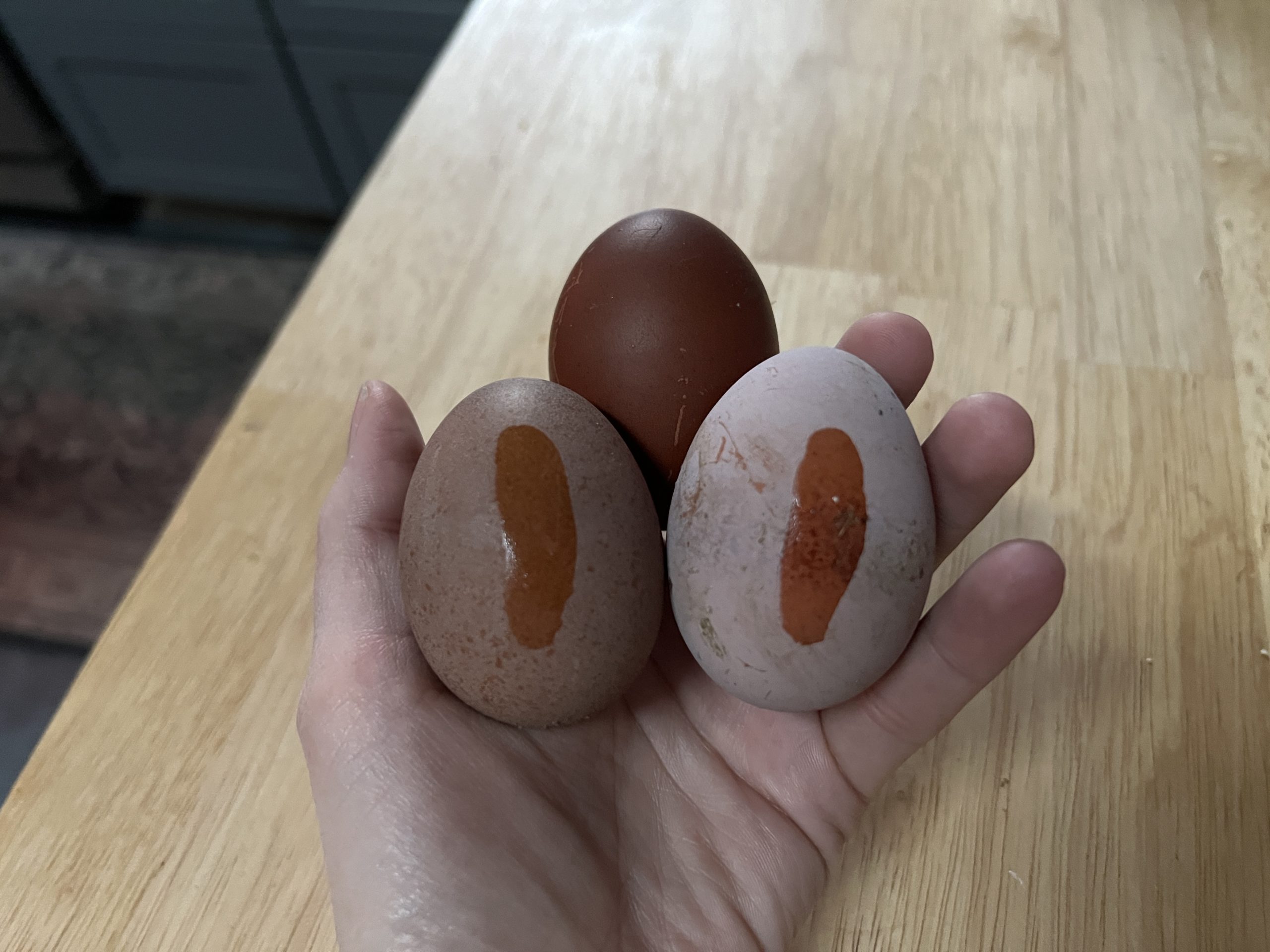



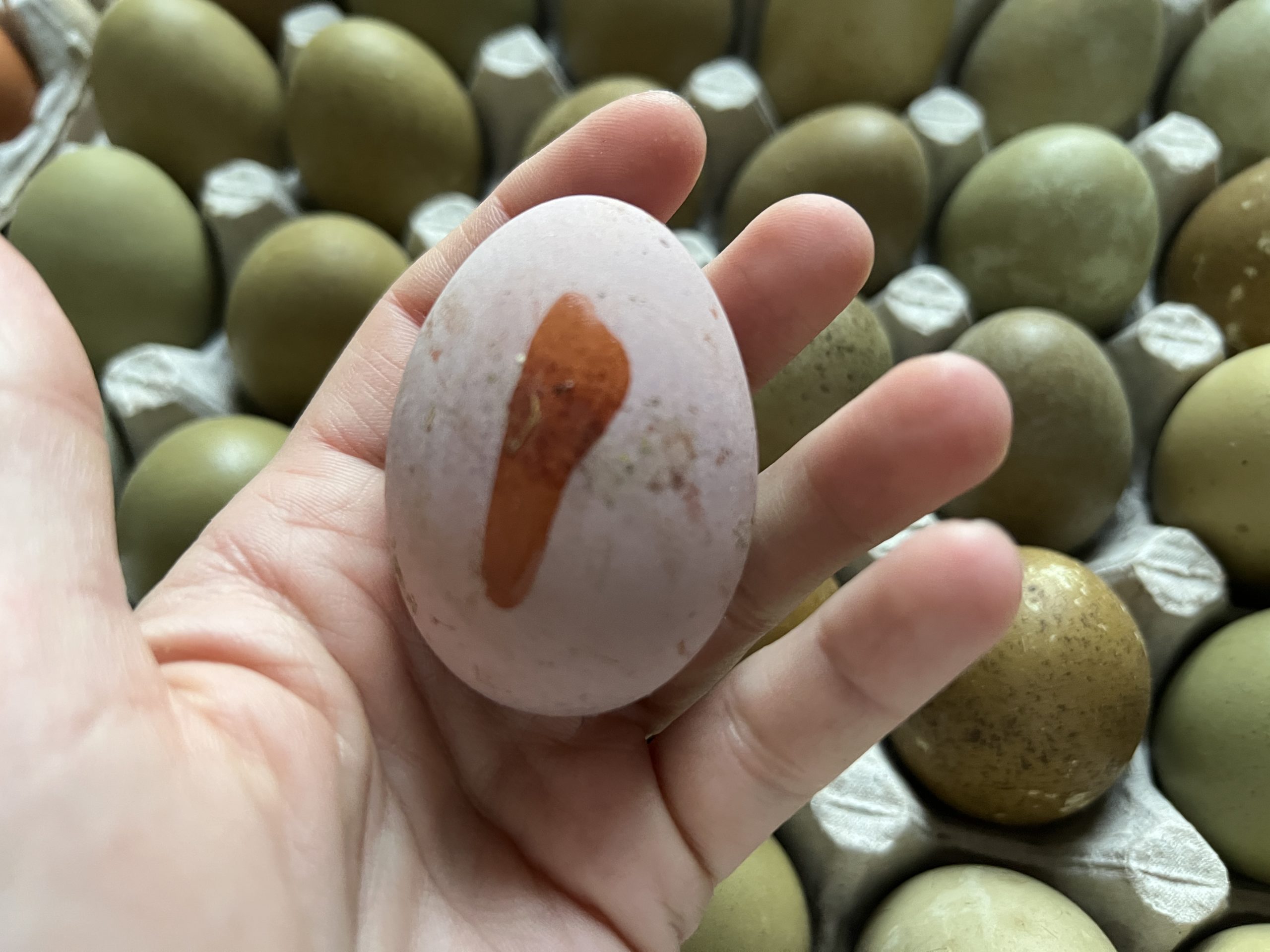
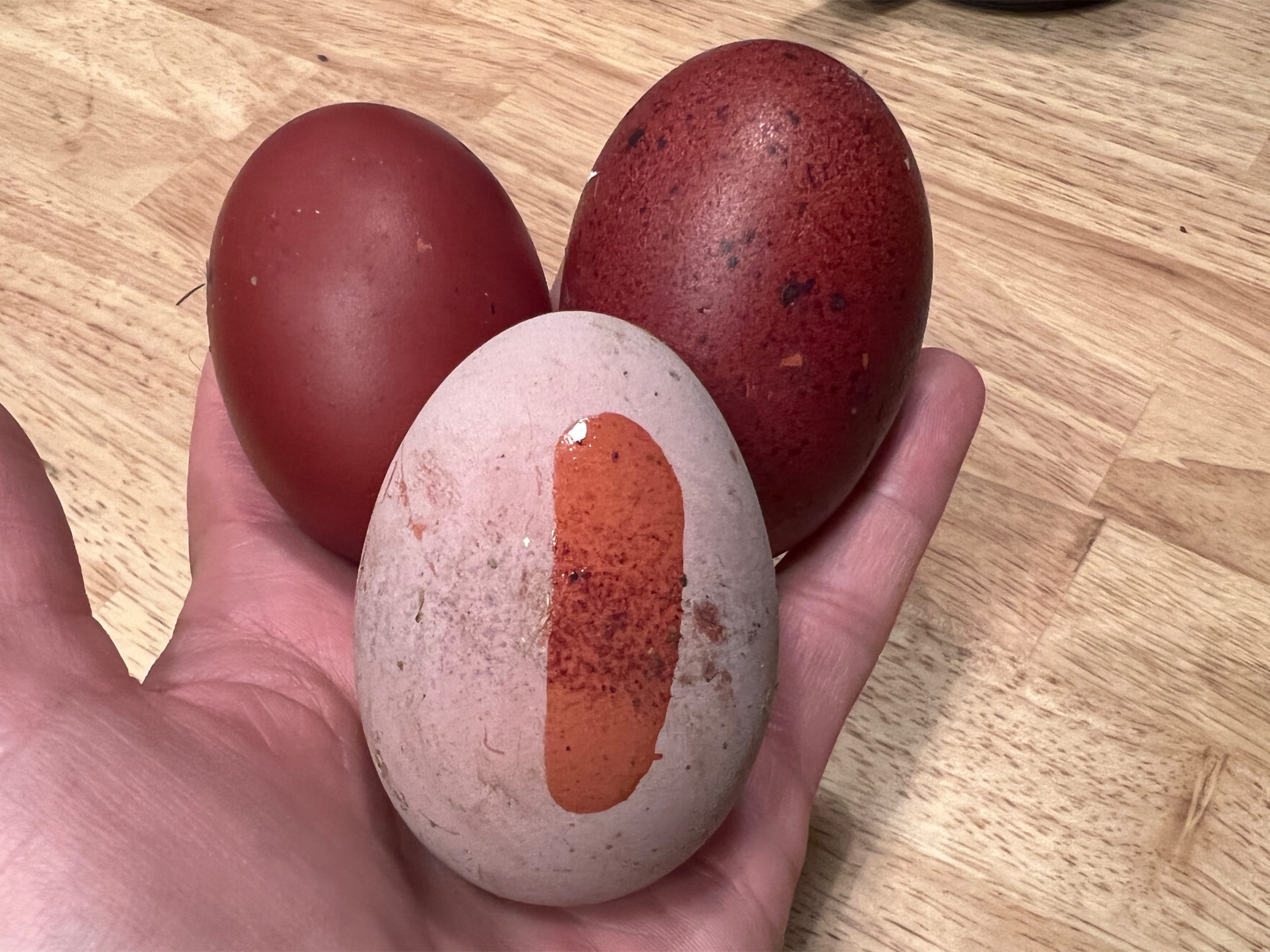
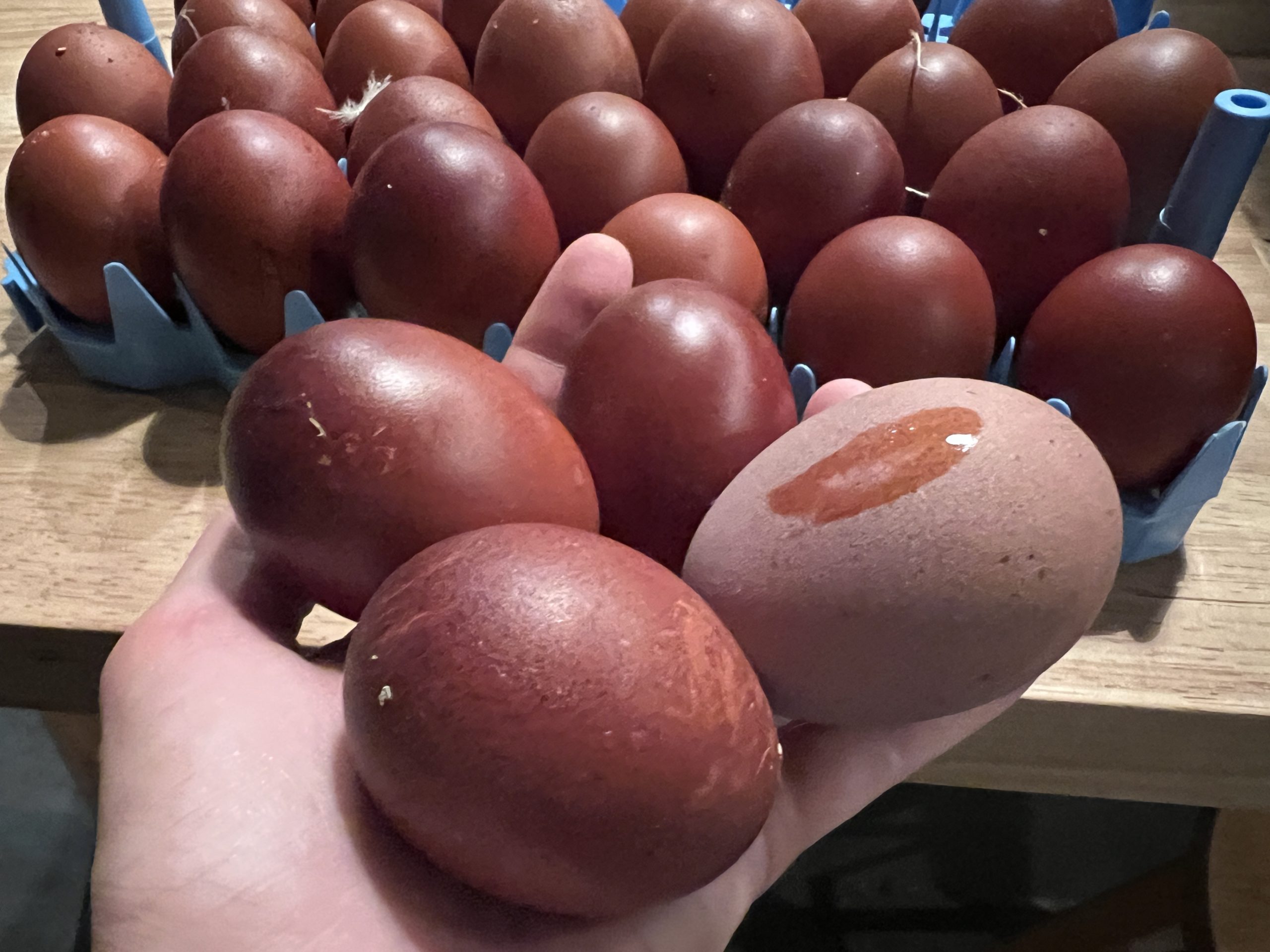
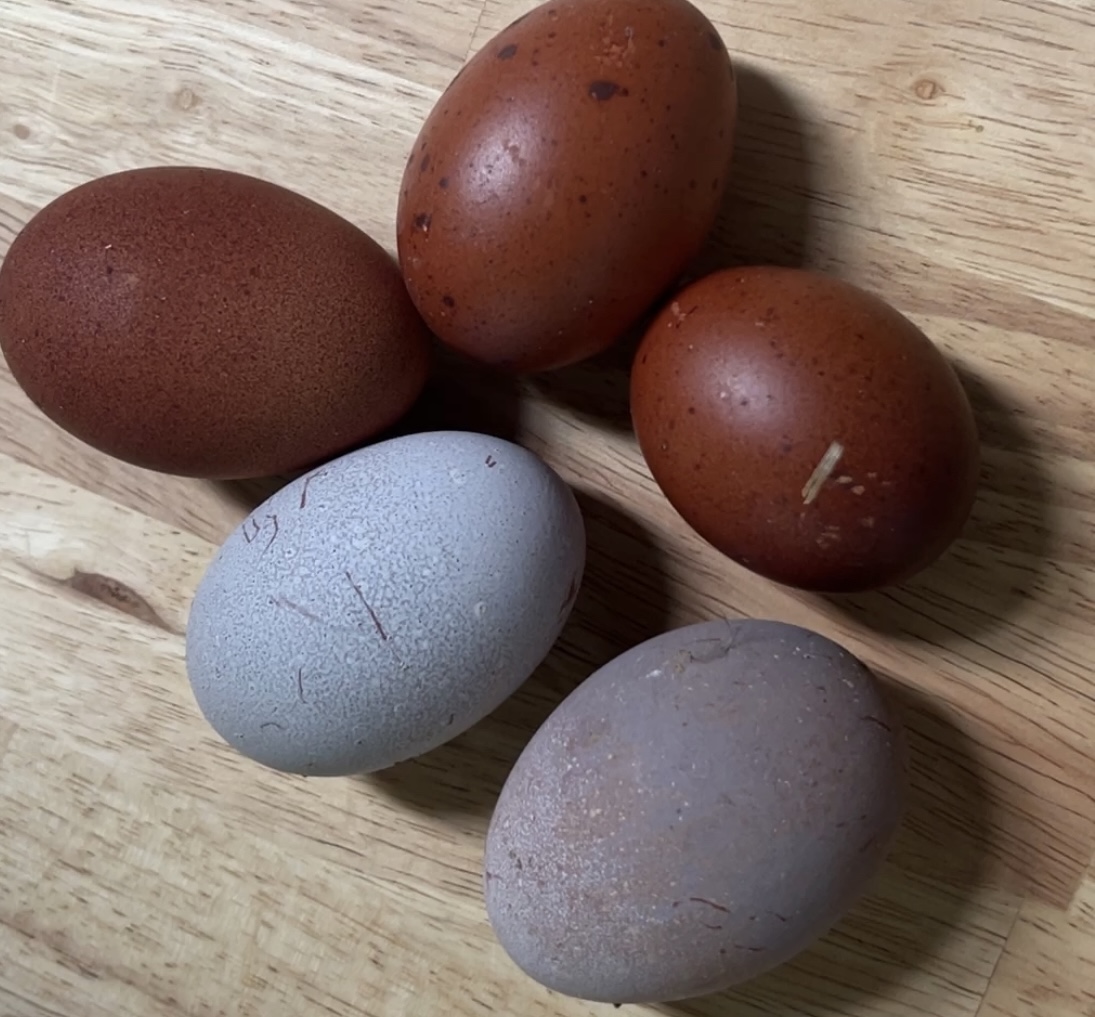

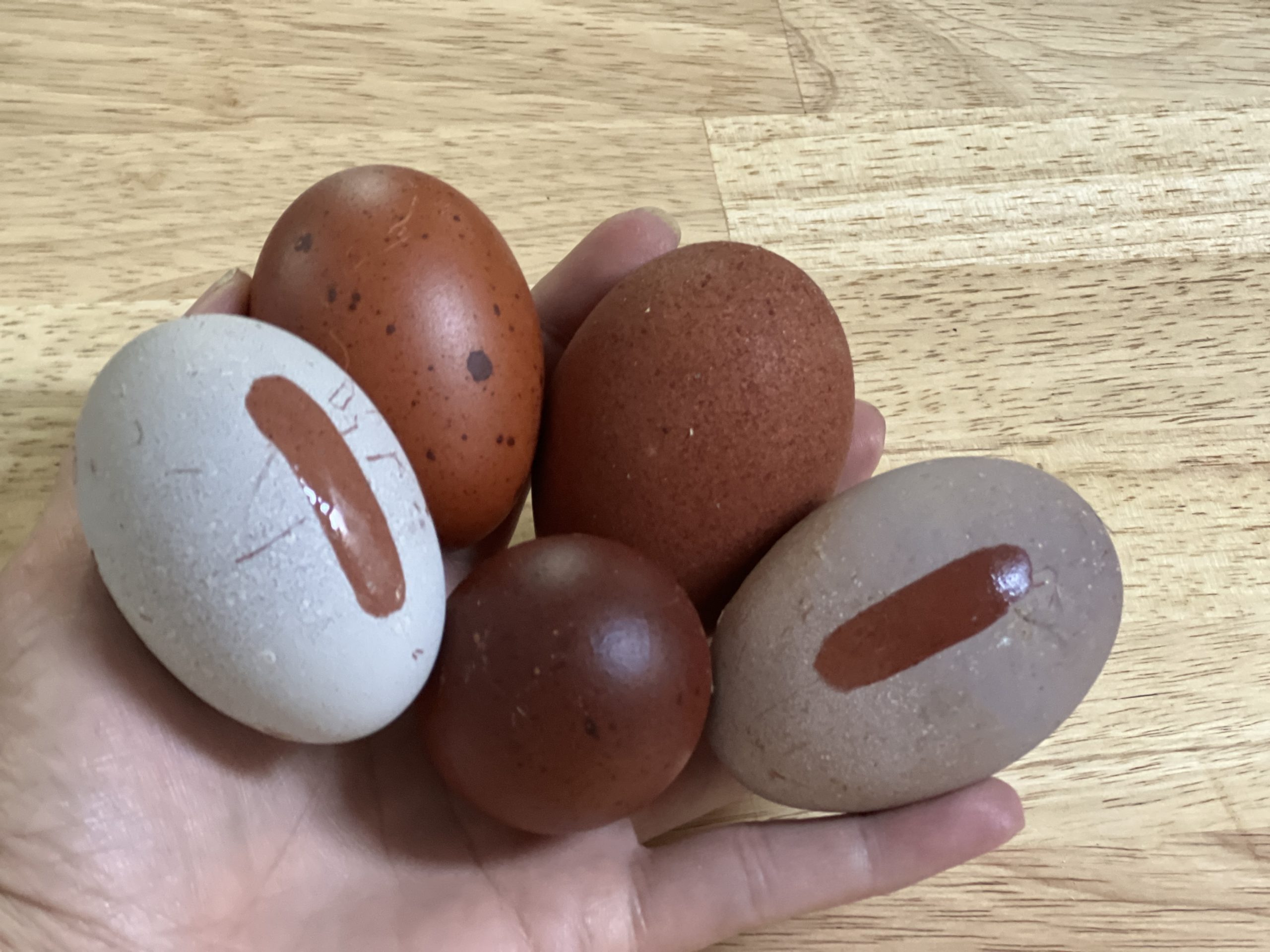

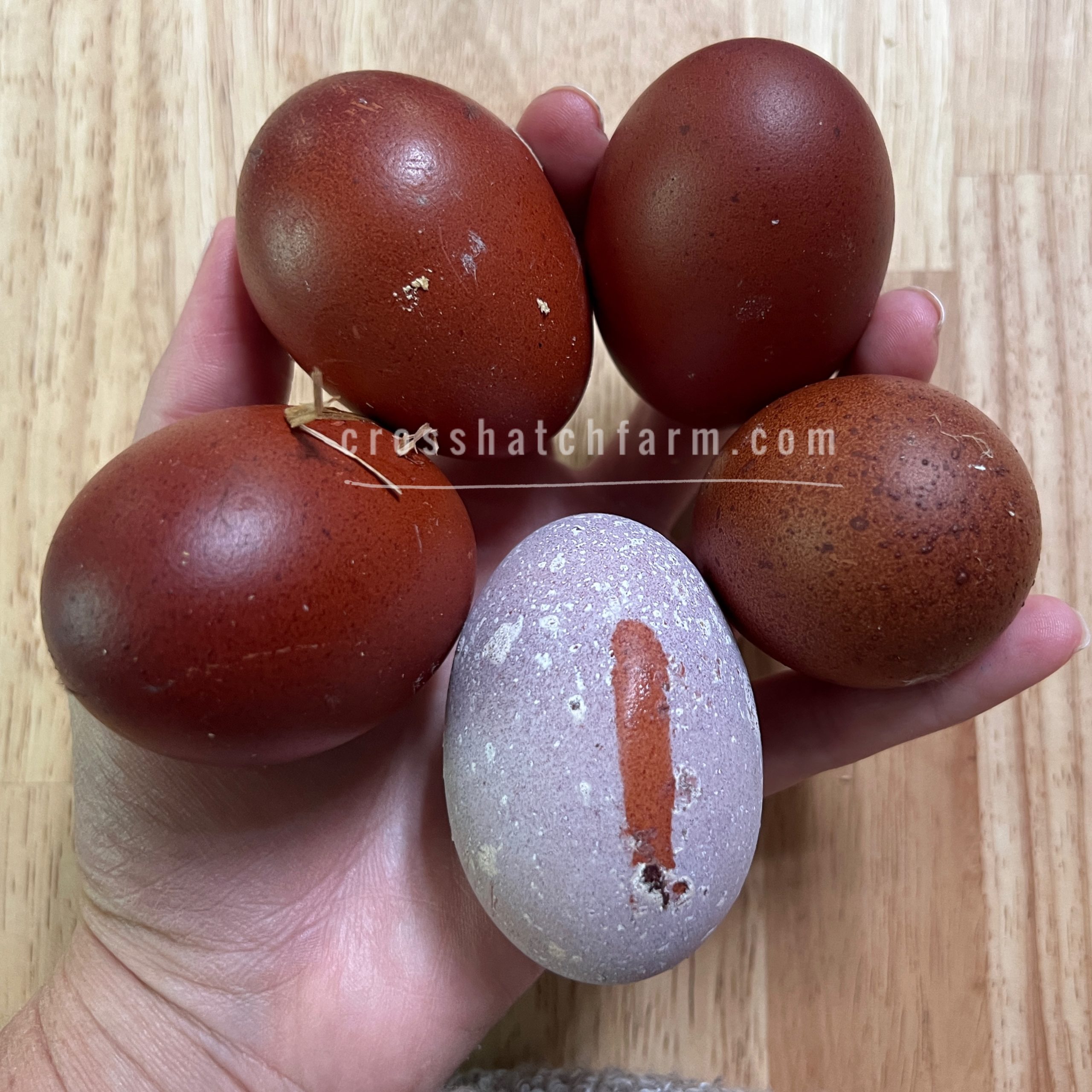
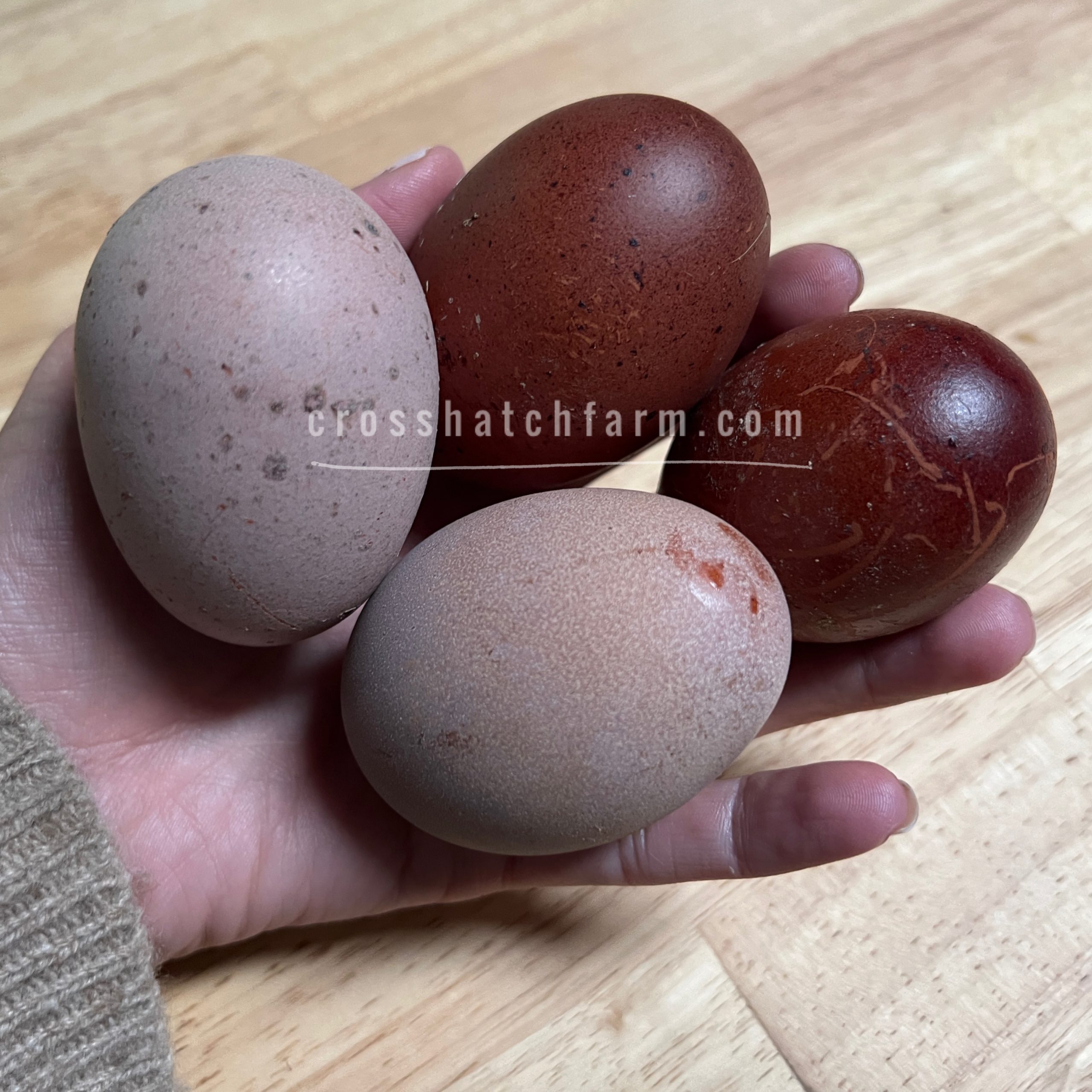
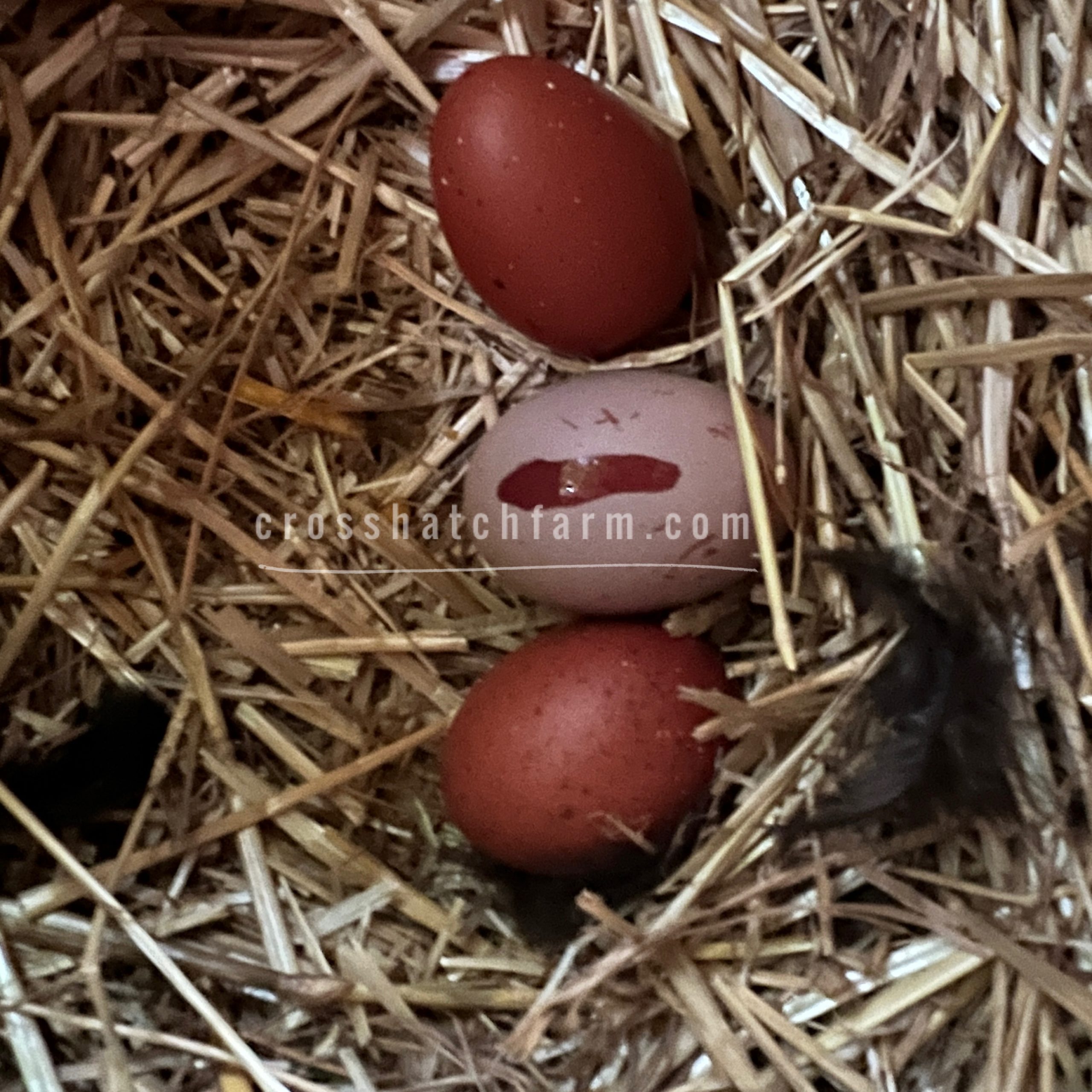
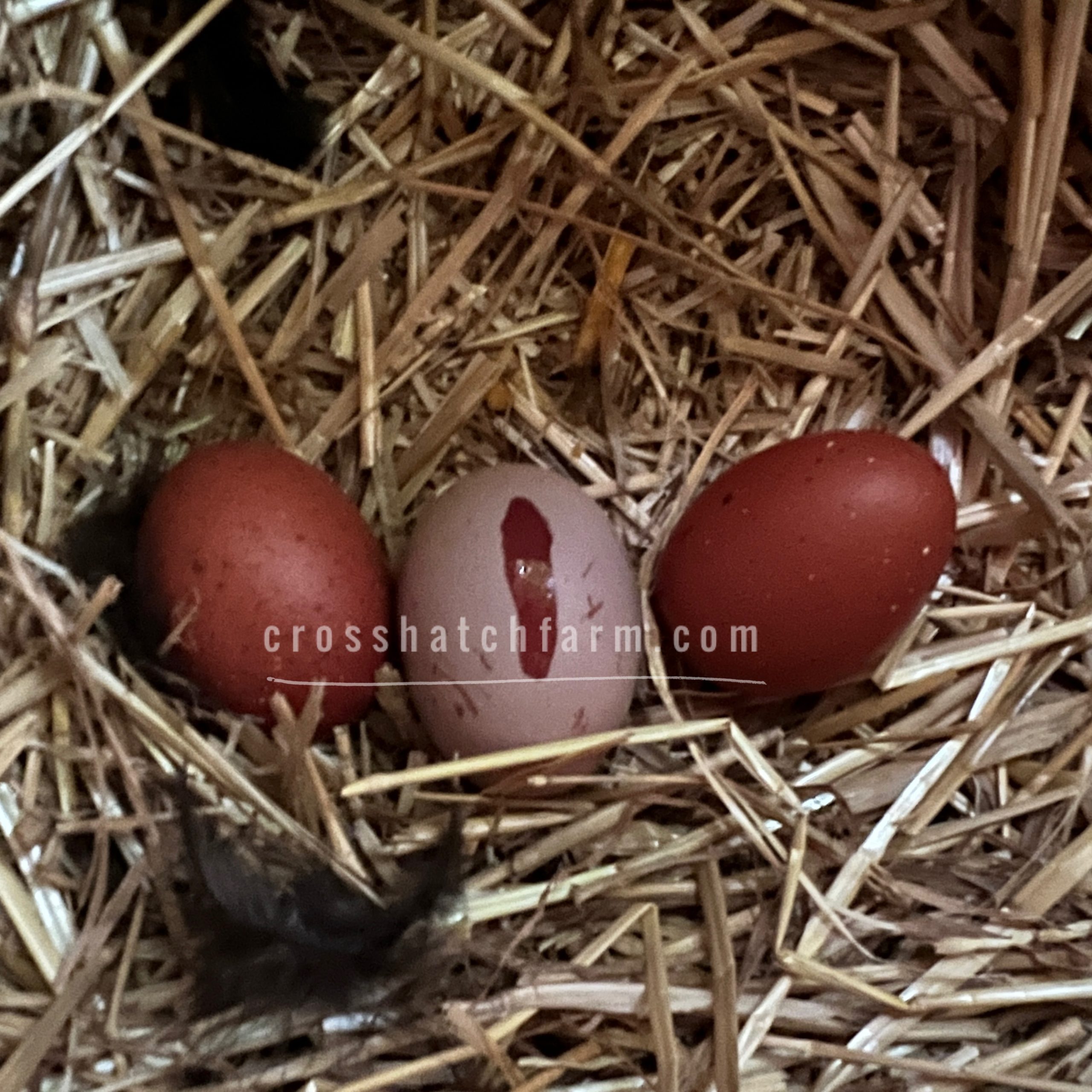
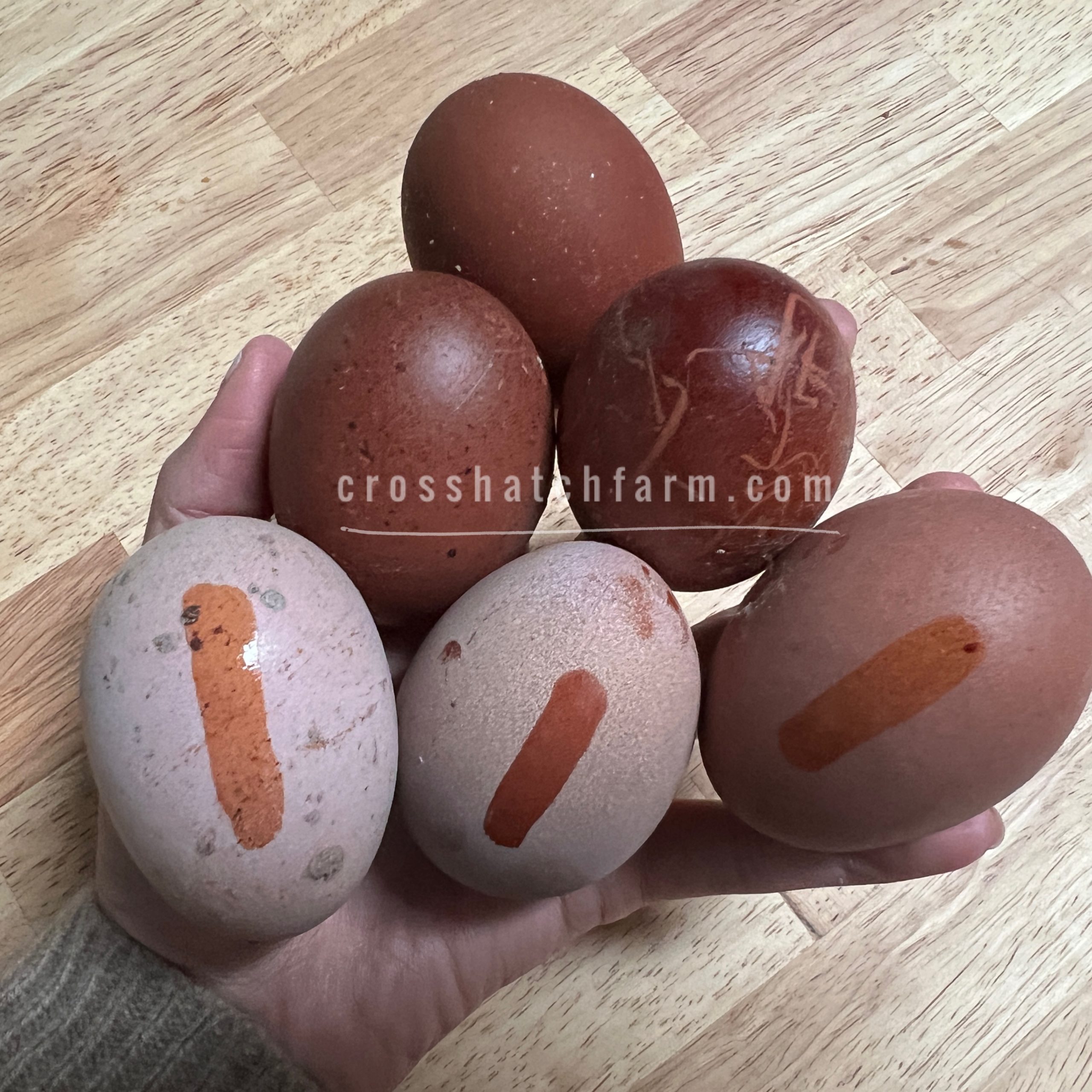
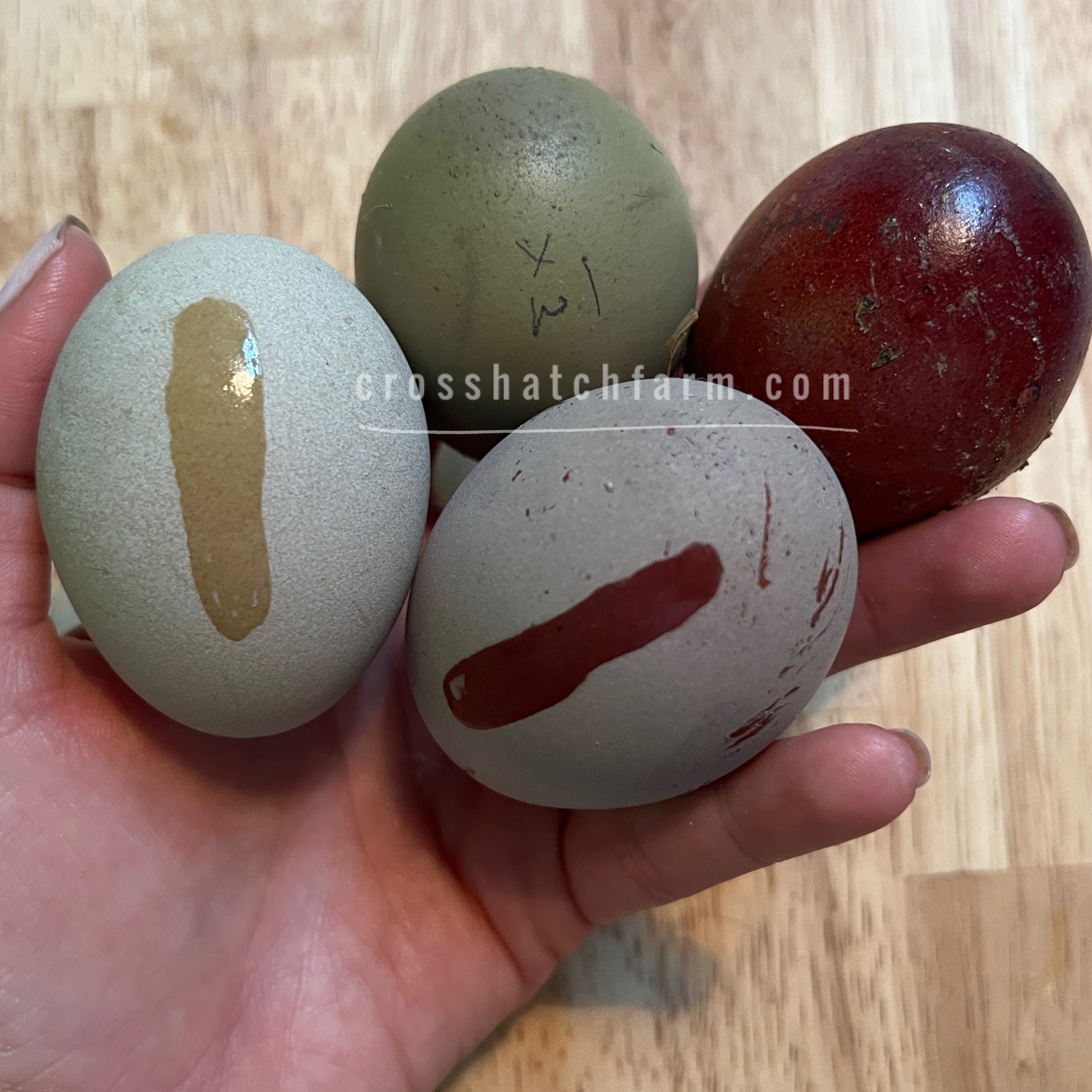
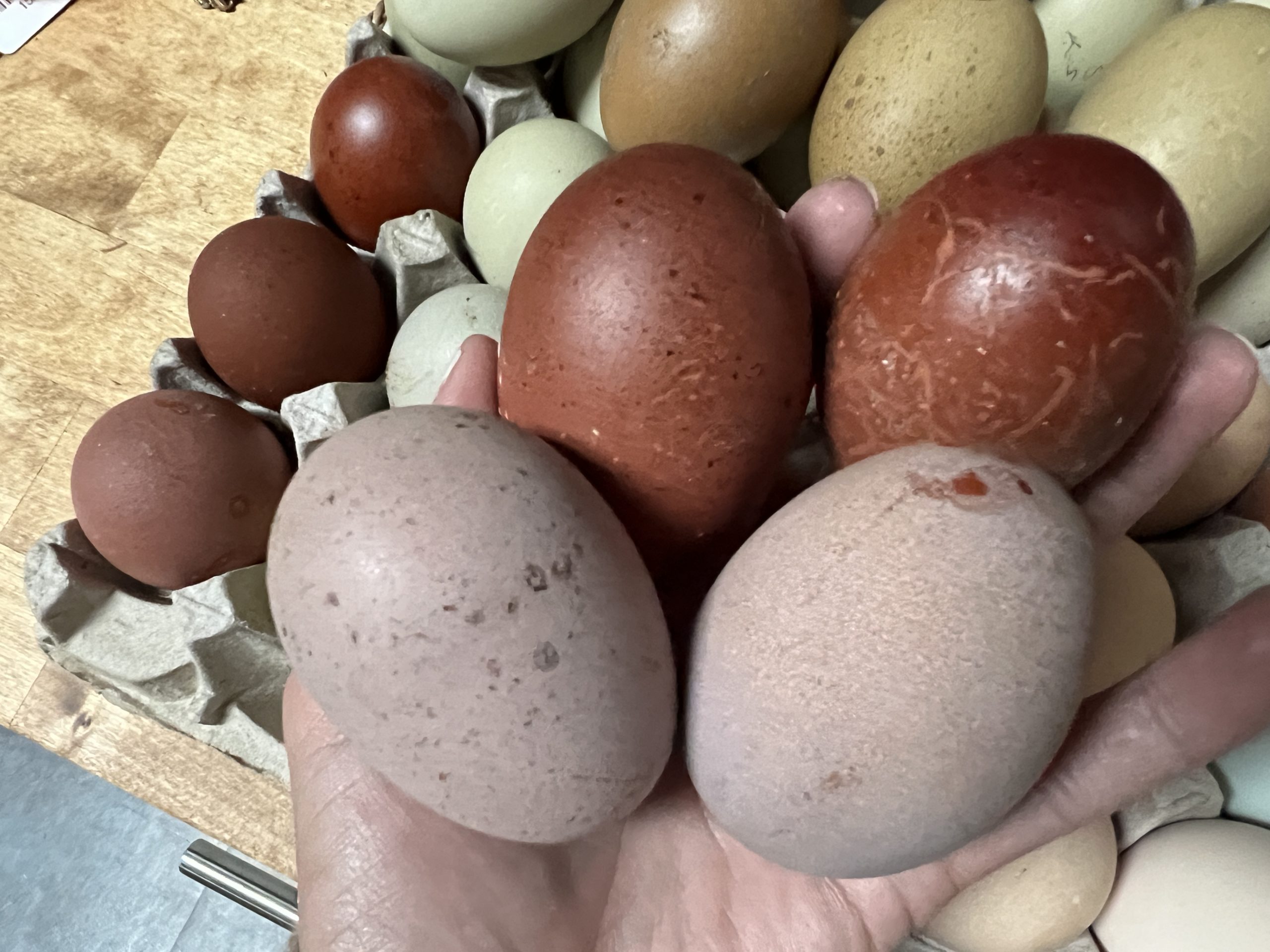
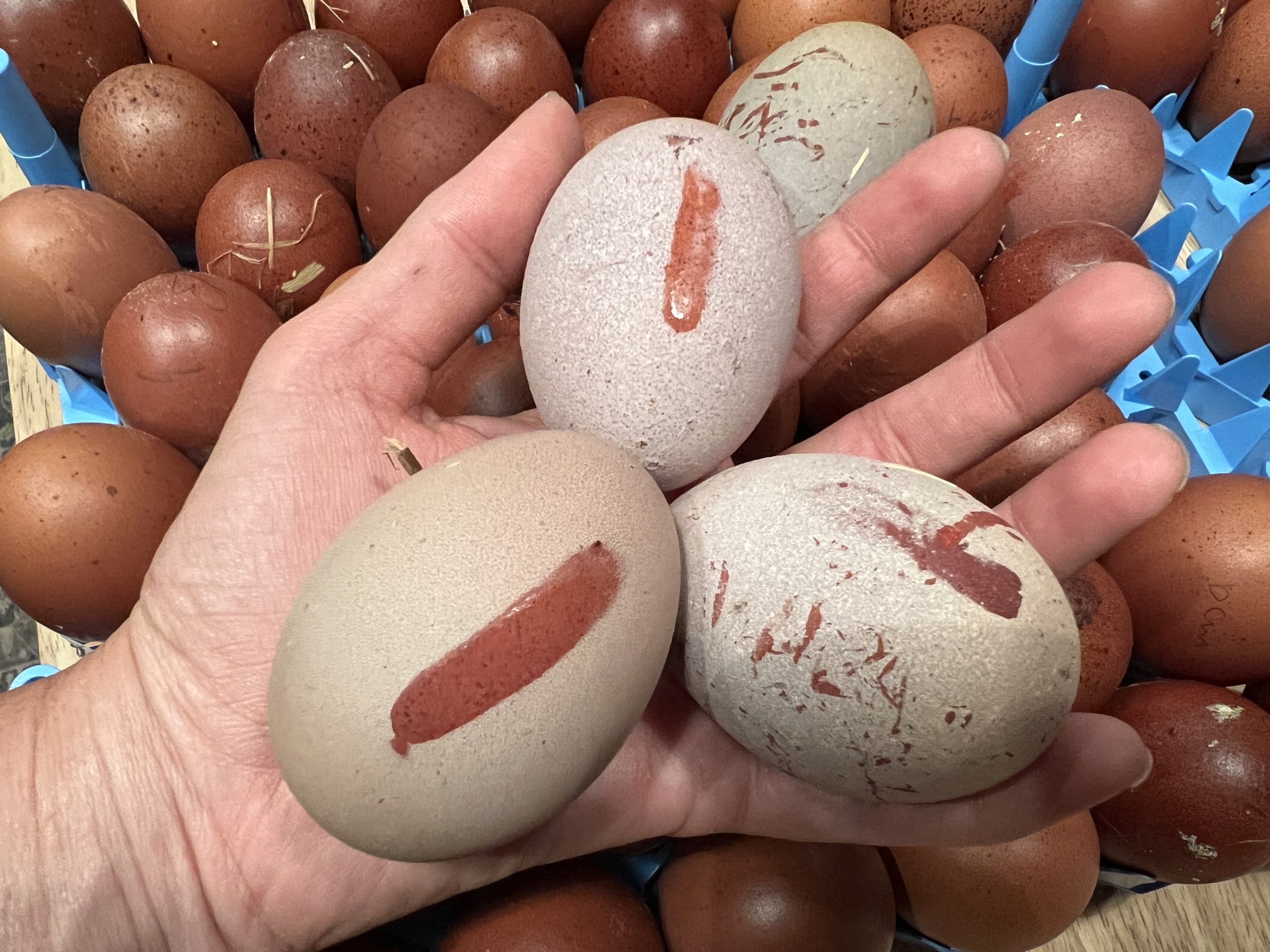
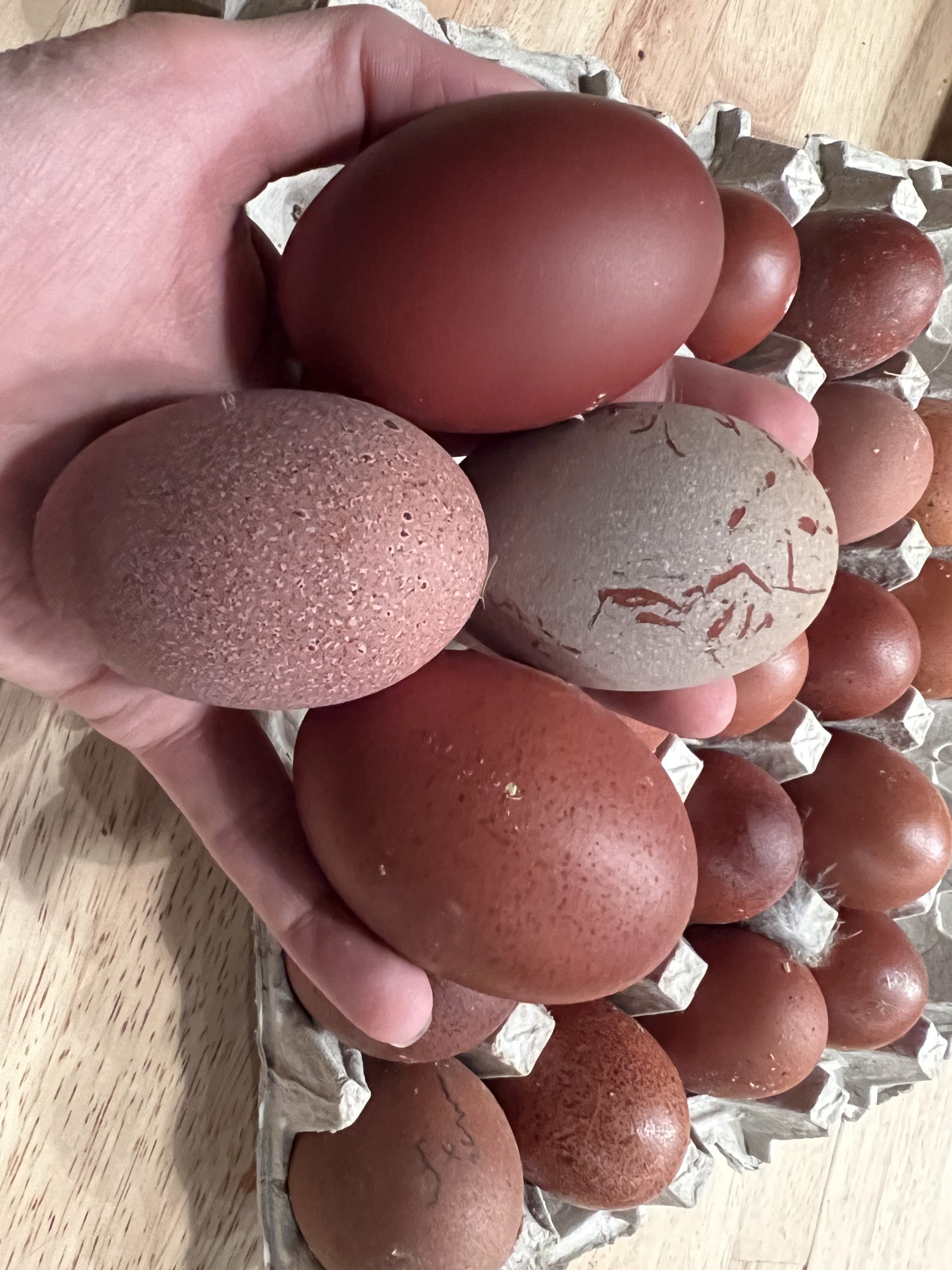

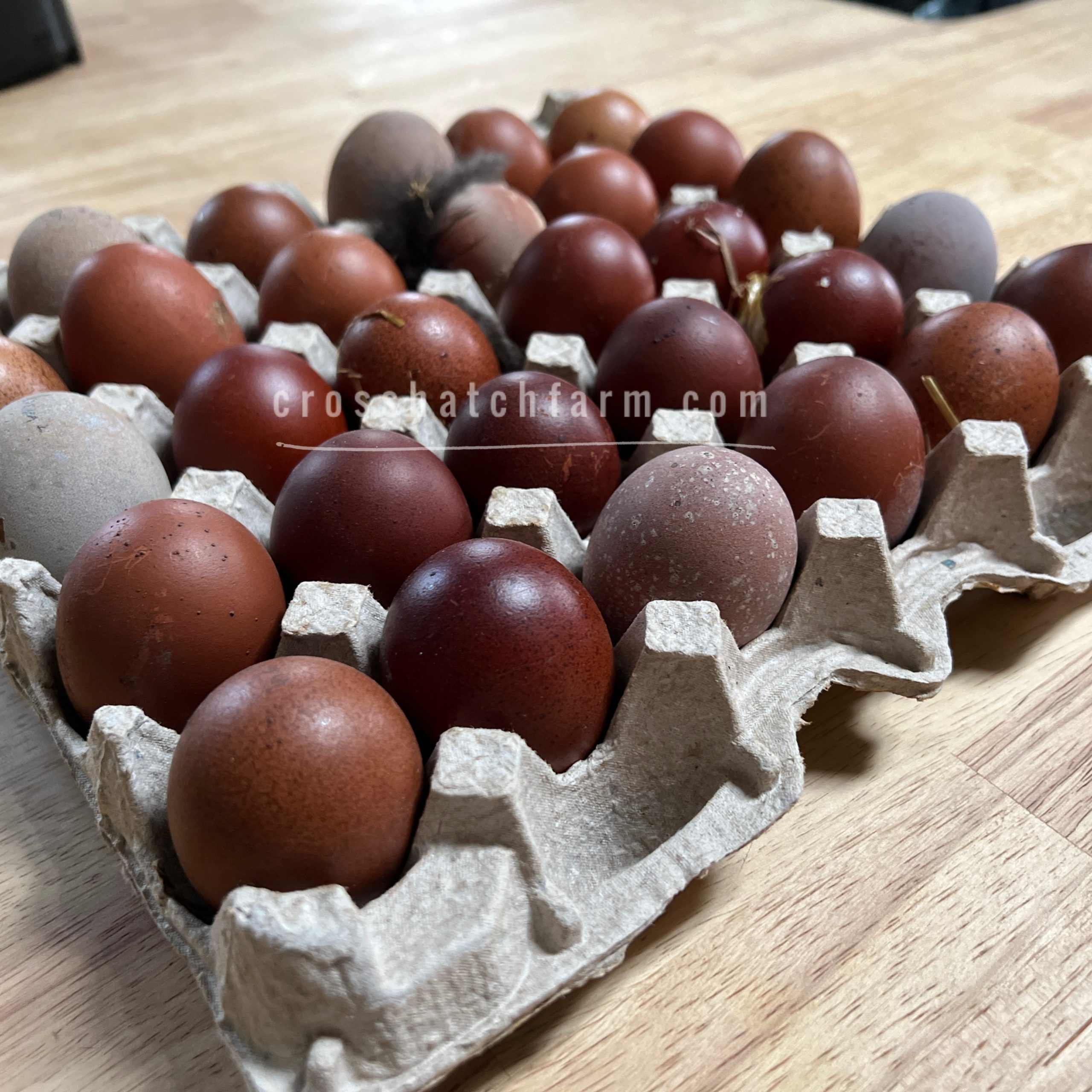


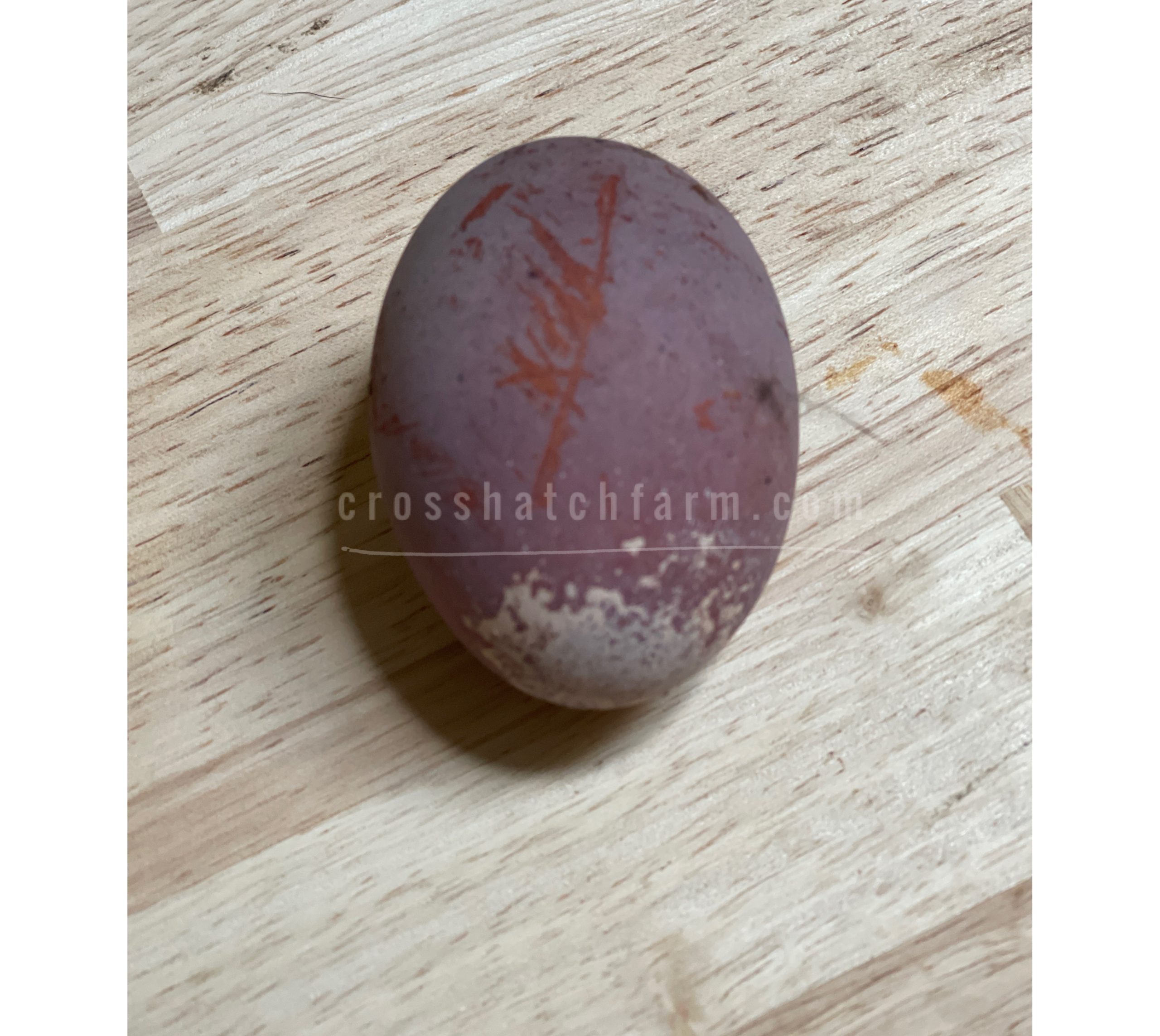
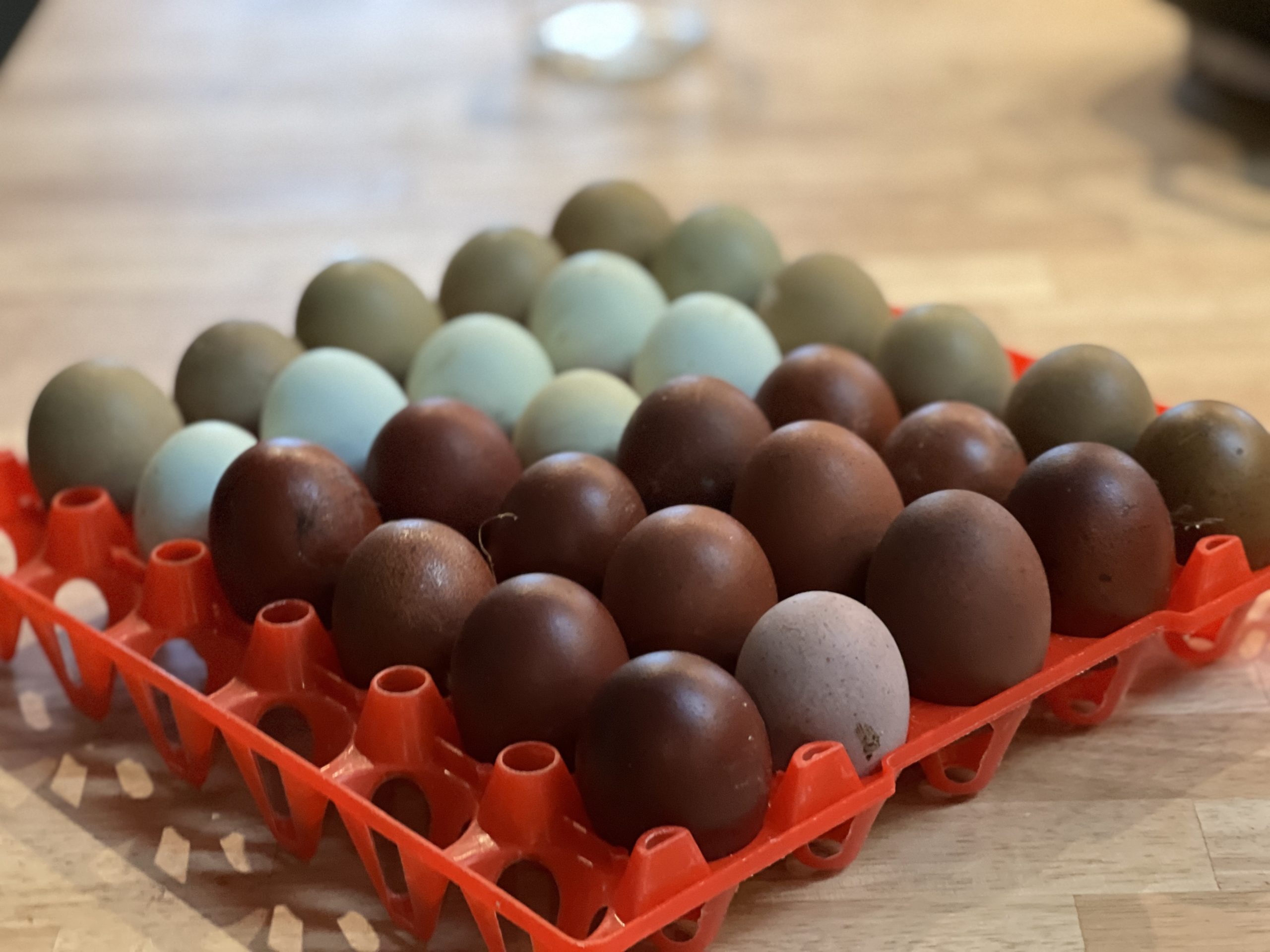
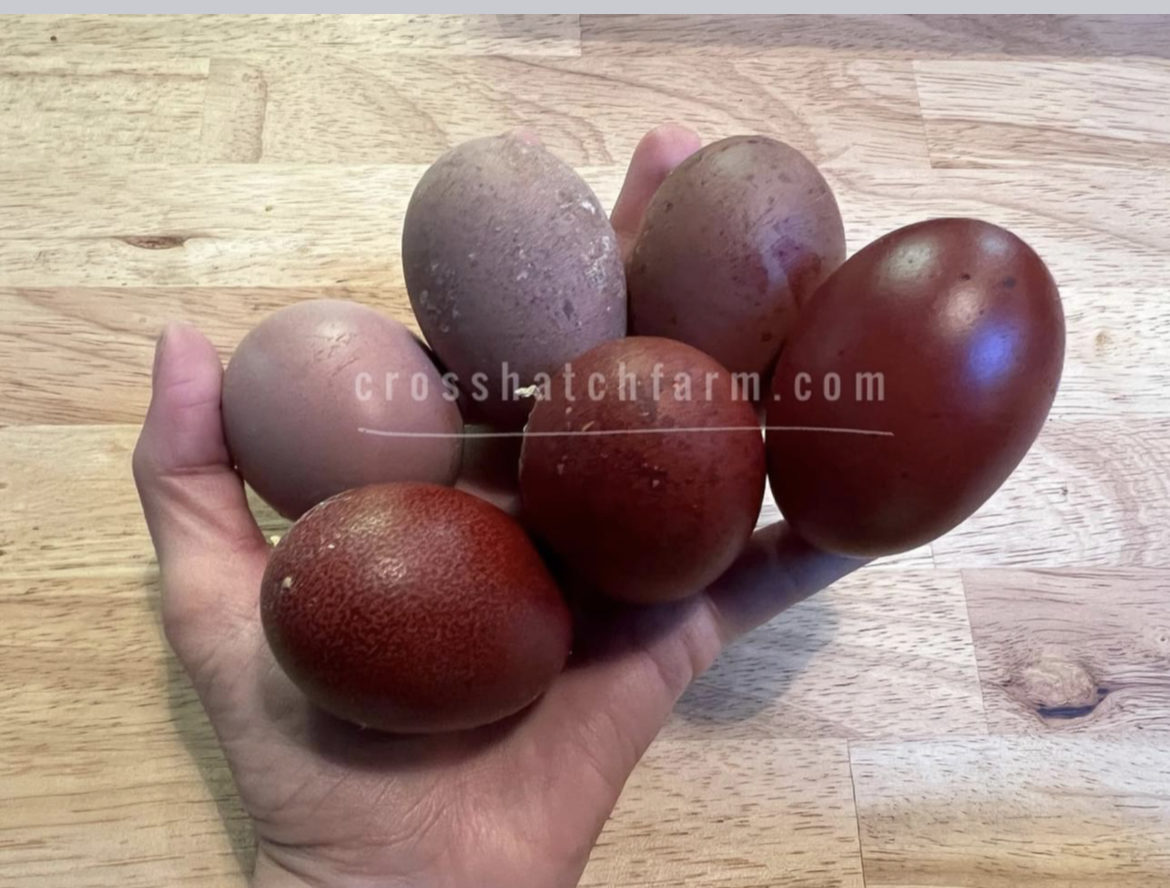







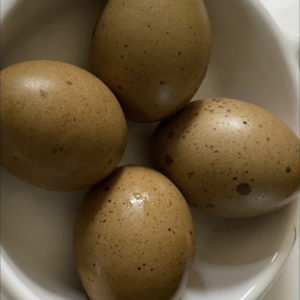
Reviews
There are no reviews yet.